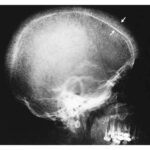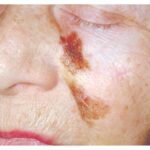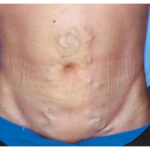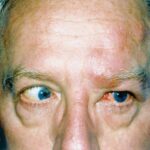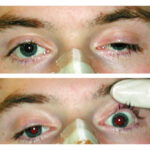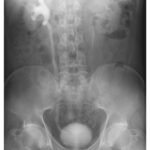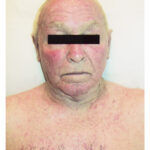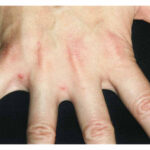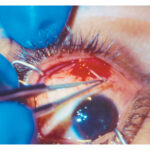A 38-year-old man has a groin rash that failed Antifungal treatment. Discover how a Wood’s lamp examination revealed the true bacterial cause.
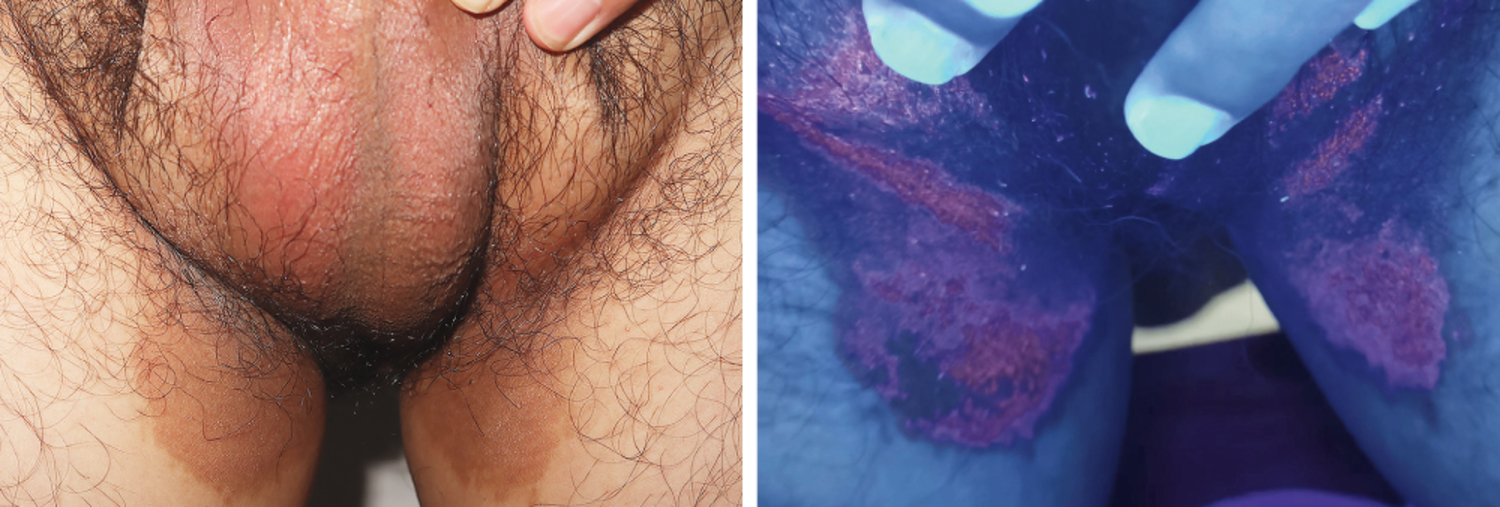
A 38-year-old man presented with a 9-month history of a mildly itchy rash in his groin. The rash had been previously diagnosed as tinea cruris, but it had not improved with topical antifungal treatment. On physical examination, well-circumscribed, reddish-brown plaques were visualized in the inguinal folds when the patient elevated his genitals (left image). No scaling or satellite lesions were present. A potassium hydroxide preparation of skin scrapings was negative. Under a Wood’s lamp, the rash showed coral-red fluorescence (right image). What is the most likely causative organism?
What is the most likely diagnosis?
Corynebacterium minutissimum, Dermatology, Erythrasma, Tinea Cruris, Wood’s Lamp
